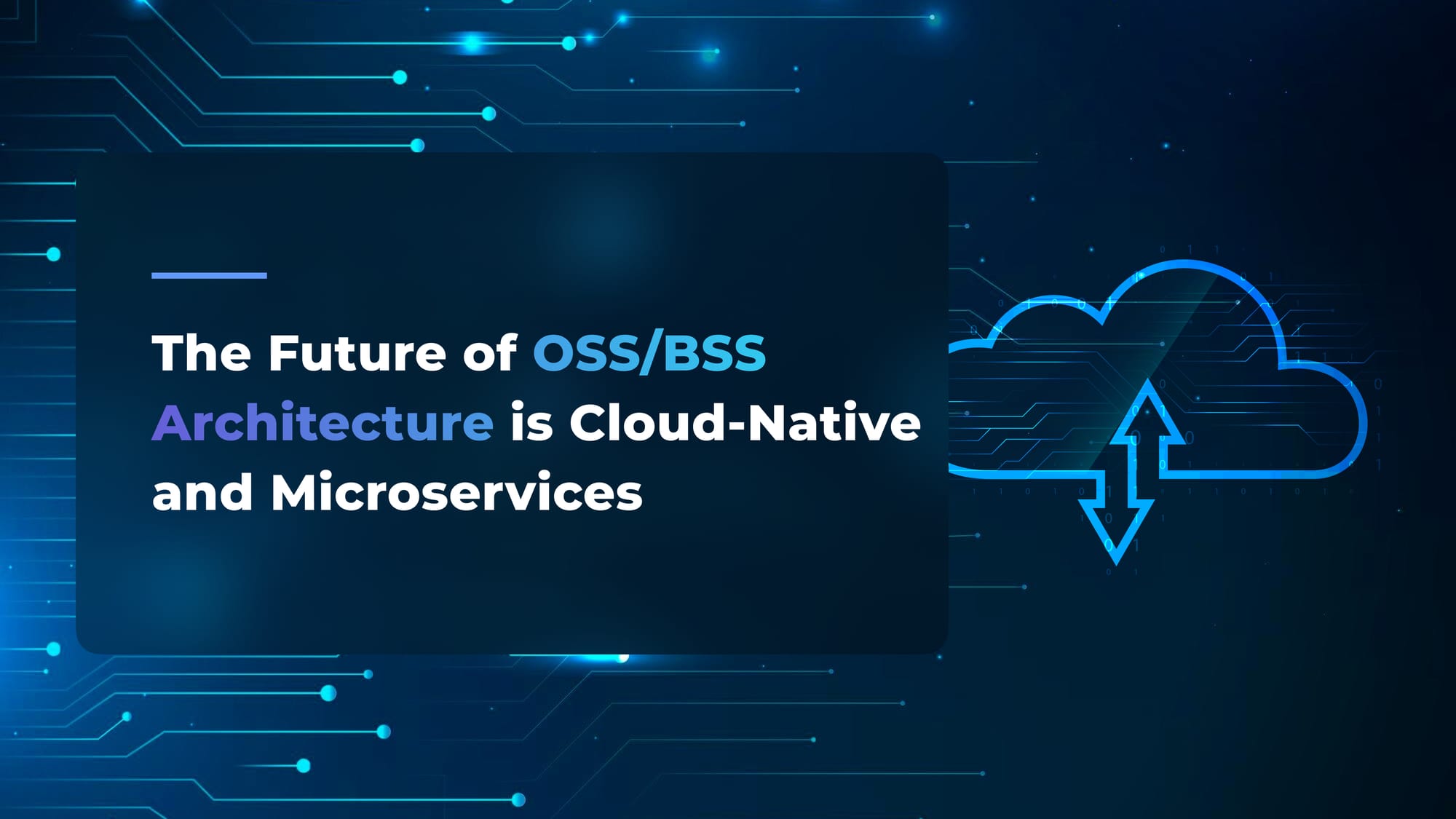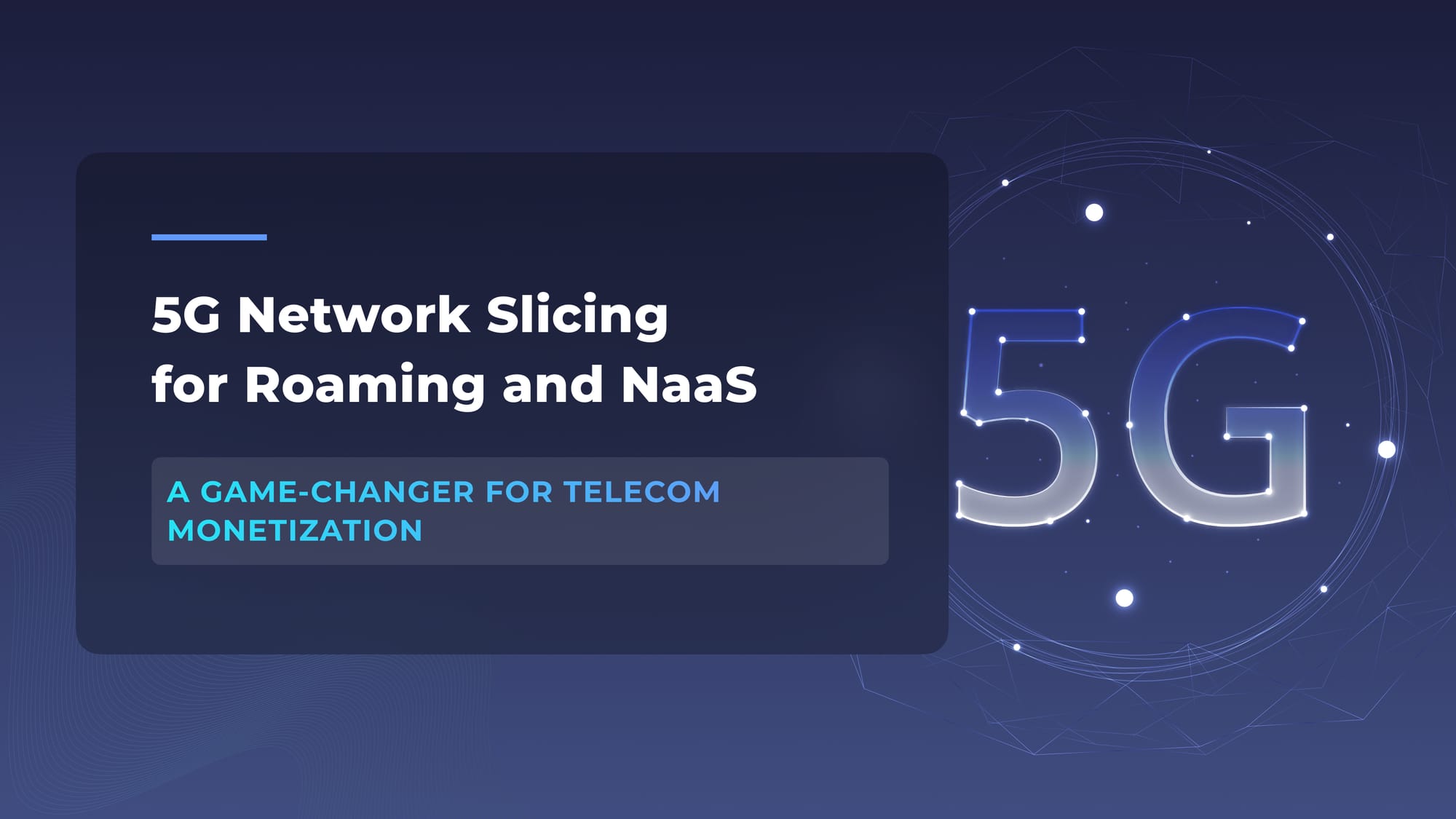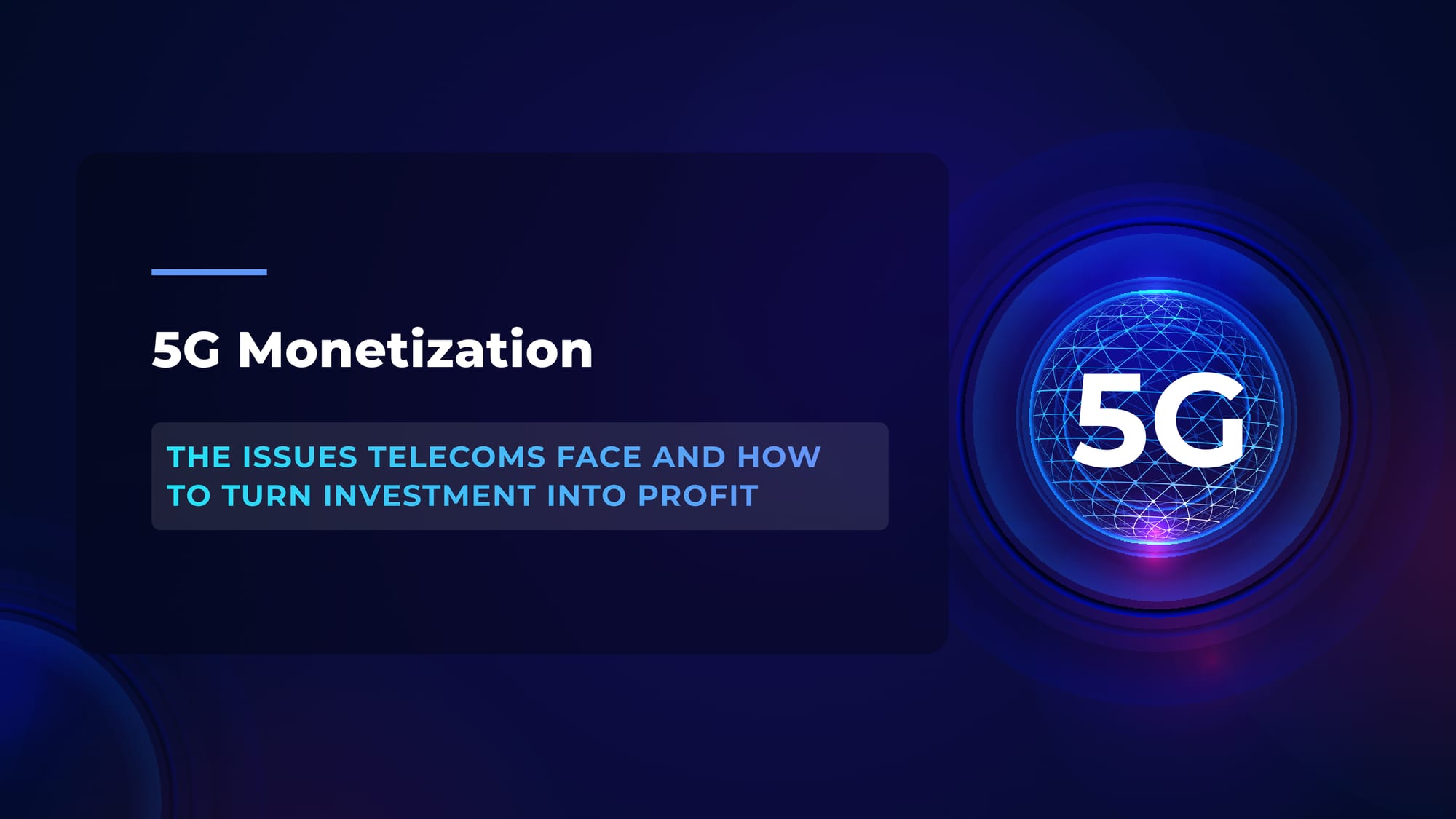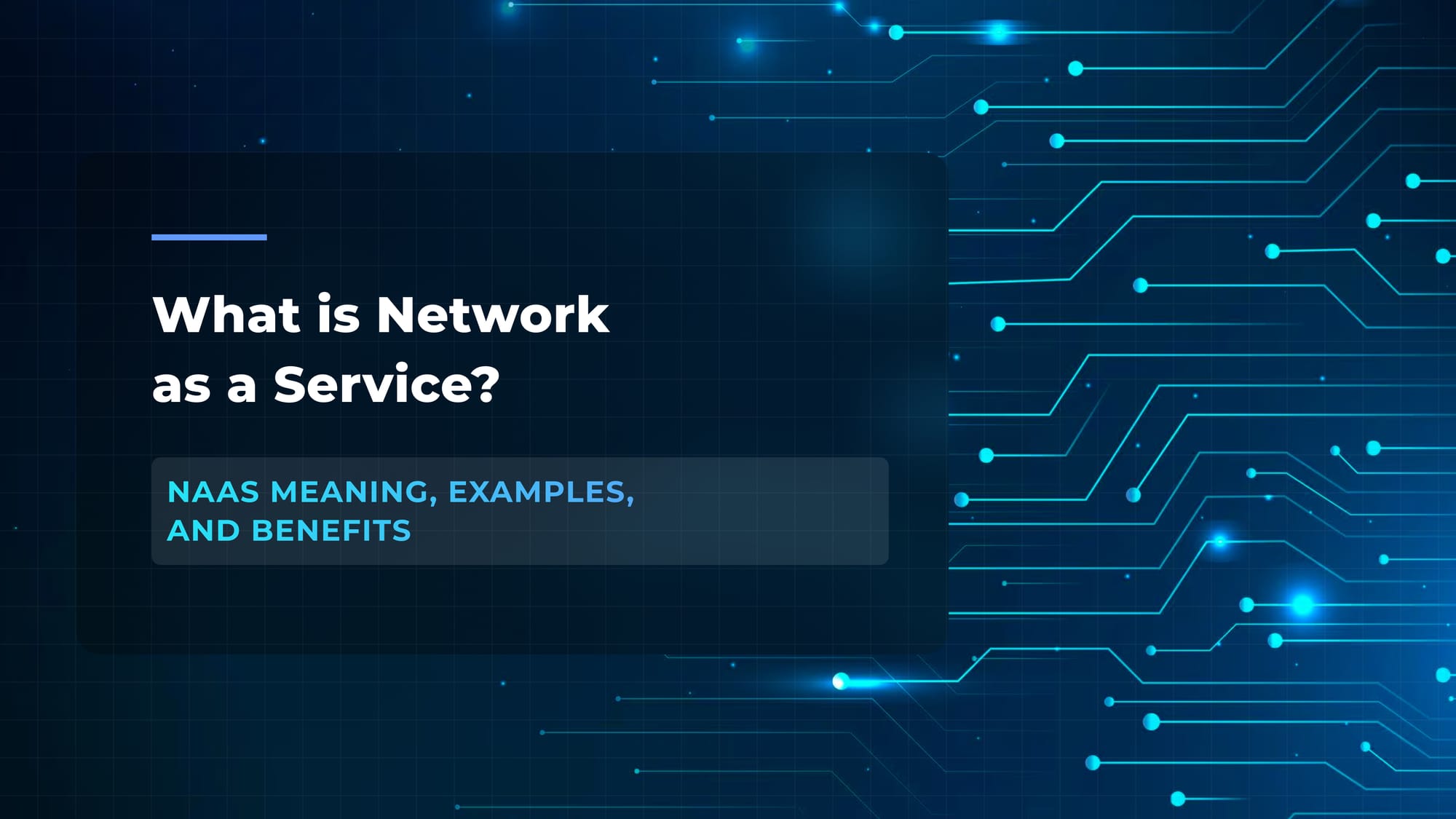The Impact of 5G and AI on Telecom Networks
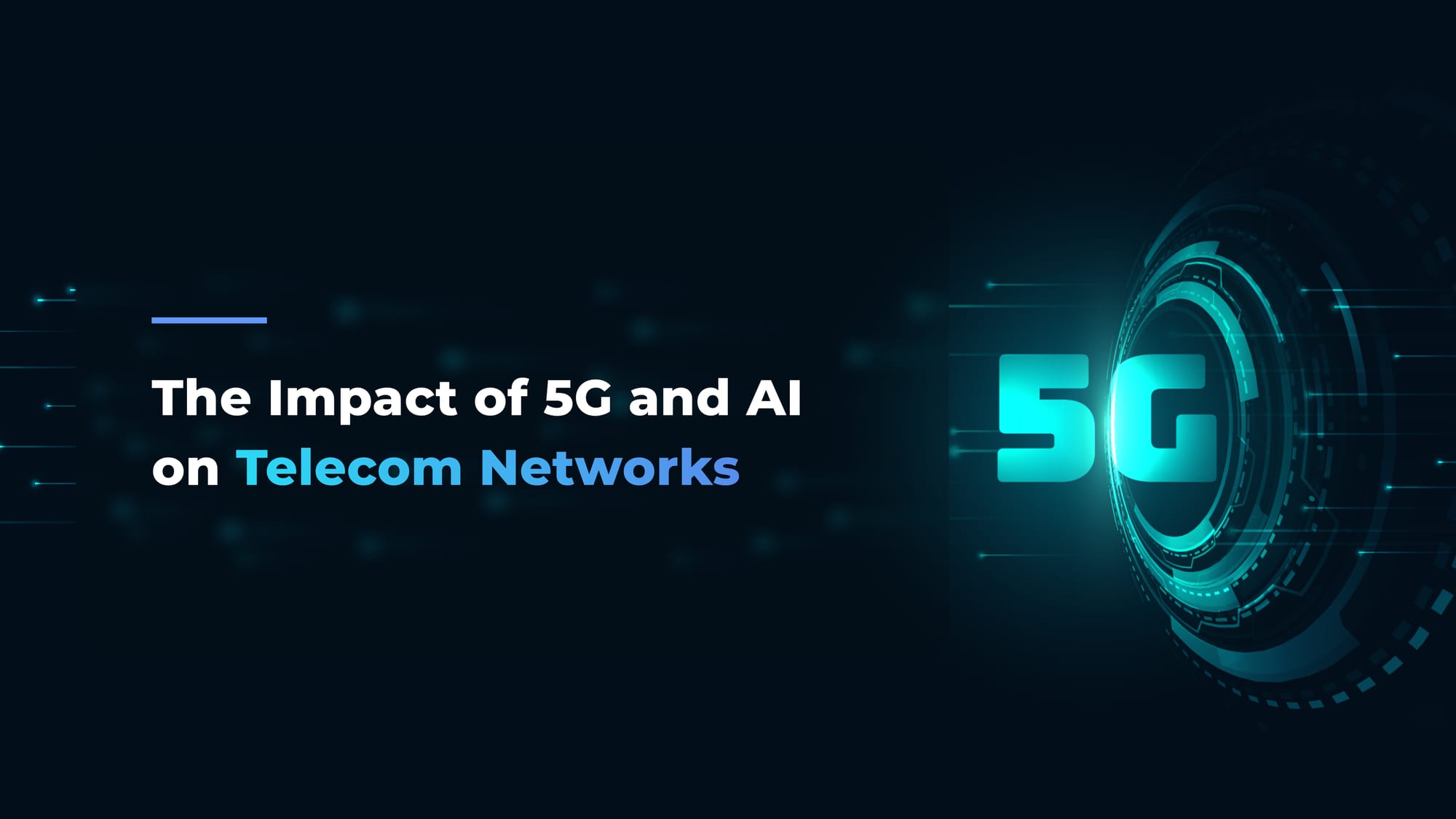
5G and AI are a perfect match. Without AI’s automation, prediction, and orchestration, 5G's potential isn't fully realized. Combined with 5G's fast data transfer and low latency, AI's real-time processing and analysis enables telecom companies to deliver advanced, responsive services. This synergy drives innovations like smart cities, immersive AR/VR experiences, and enhanced IoT networks.
But such advancements not only make the user experience better – they also help telecom companies stay ahead of the competition. By uniting 5G and AI, telecom companies can offer top-notch services and innovative solutions that attract more customers.
With tons of successful cases in telecom and extensive experience in AI, we at Flyaps continuously monitor the latest industry trends. And we believe that the combination of 5G and AI will become even more important for telecoms in years to come. But let’s not be unfounded and look at why telecom leaders like AT&T are already using artificial intelligence and machine learning in their 5G networks and how this blend meets their needs. We will begin with network slicing, one of the aspects that benefits a lot from AI in 5G.
How 5G and AI combination drives automation of network slicing
Network slicing is a 5G feature that divides a single physical network into multiple virtual networks. Each of these new networks can be tailored to meet different telecom needs, from managing connected devices in smart manufacturing to enabling real-time analytics for autonomous vehicles or traffic management.
Imagine a telecom company having their network split into "slices," each tailored for specific needs. One slice might prioritize speed and reliability for emergency services, another handle numerous IoT connections with minimal data, and a third support high-demand activities like 4K streaming, augmented reality, or generative AI applications. These network slices are becoming essential components in the broader generative AI value chain, enabling differentiated performance for diverse generative AI use cases like gaming and real-time analytics.
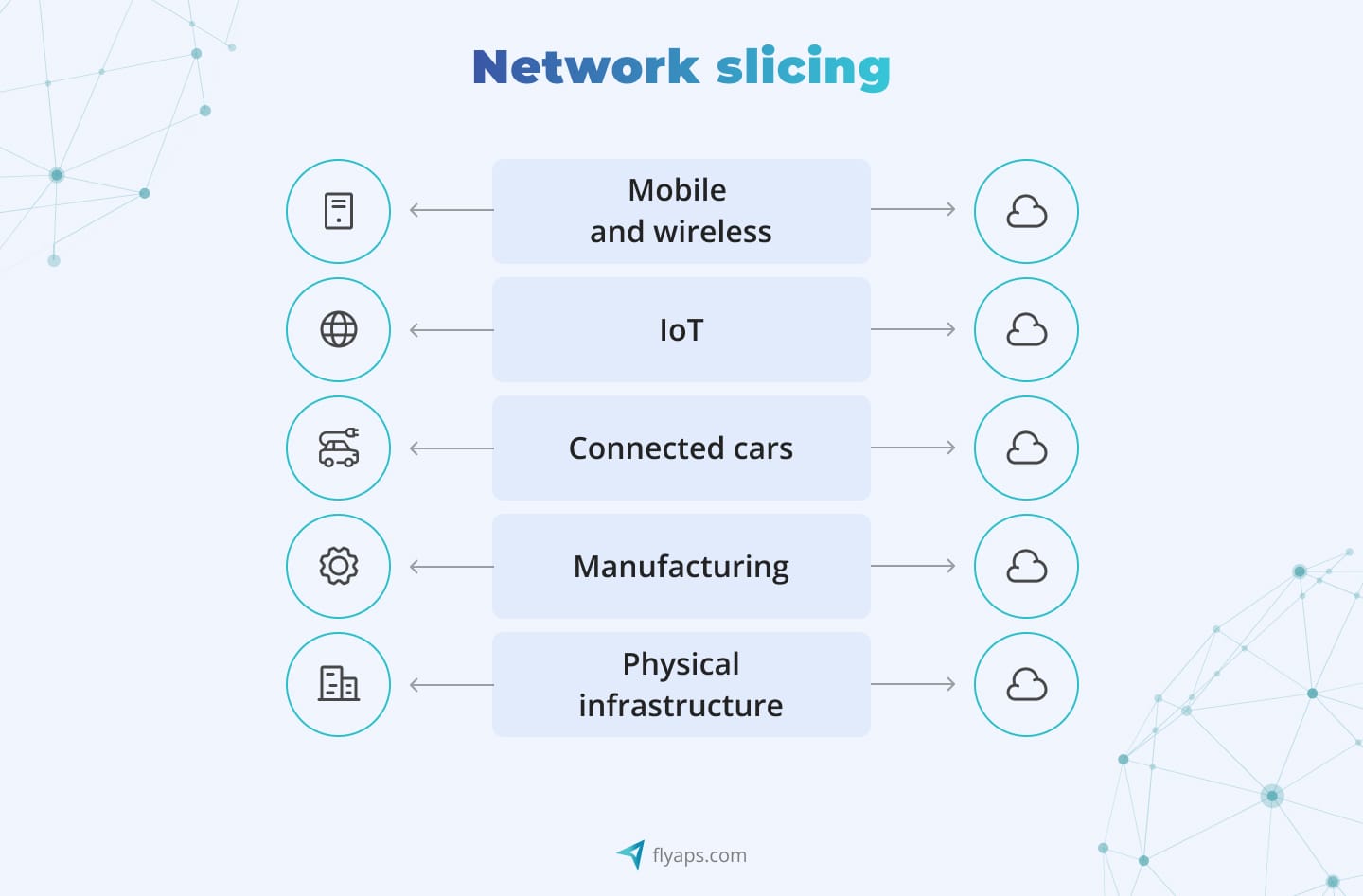
Managing these slices can be complex, which is why telcos use AI algorithms for automation. Telecom companies increasingly leverage AI Agent solutions to automate resource allocation and optimize service delivery across network slices. AI shifts network resources in real-time based on demand. If a service suddenly requires more resources, AI allocates them automatically, maintaining service quality across all slices, even for critical functions like predictive maintenance or environmental factors monitoring in smart manufacturing.
More about 5G network slicing will be covered in our forthcoming article. Keep an eye out for it!
A great example of automated network slicing in action is Japan's first 5G network deployed by NTT Docomo. This network automatically divides and allocates network resources based on real-time demand. Thanks to AI, the 5G network can adjust bandwidth, prioritize traffic, and ensure users get the best experience possible, whether it's for streaming, gaming, or high-speed downloads.
NTT Docomo's use of Open RAN technology further boosts this innovation. By working with multiple vendors like Nvidia and Fujitsu, they’ve created a system that avoids being locked into one provider, making it easier to upgrade and expand. This collaborative approach not only cuts costs but also makes the network future-proof, as new technologies can be integrated more easily.

Worried that your artificial intelligence investment might not pay off? Check our dedicated article “ AI for ROI: Methods to Guarantee Optimal Returns from Your AI Investment .”
Using AI and 5G together is like a snowball — each new service or technology encourages the adoption of more innovations, creating a chain reaction. This way, the flexibility of network slicing allows operators to explore new business models, like Network-as-a-Service (NaaS), where they can offer tailored solutions to different industries, from personalized services in healthcare to high-speed traffic management at major events. Let’s discuss it in more detail.
From cloud migration to telecom-specific AI solutions, we have delivered over 20 projects that are used by hundreds of MNOs and telecom companies worldwide. Check our capabilities and let’s discuss your next solution.
See our servicesWays AI in 5G networks unlocks new business models for operators
The network slicing opens the door for new services that wouldn’t be possible otherwise. One of these services is NaaS. It is a cloud service model where instead of simply selling connectivity, operators can provide customized, on-demand network services from the cloud, tailored to particular needs. For example, you might use NaaS when planning a major tech conference to offer high-speed, customized connectivity for all attendees. Instead of providing basic Internet access, you can set up dedicated network slices in the cloud for various goals — one for live-streaming keynote sessions, another for interactive audience apps, and a separate one for staff communication.
Since NaaS provides more than just basic connectivity, it requires additional capabilities like network management, resource orchestration (allocating and managing network resources across different services), and automation. A regular platform for these purposes will be insufficient. According to Comarch’s research, most operators (47%) use a hybrid approach when building a special NaaS platform. The approach is a combination of best-of-breed and best-of-suite solutions. Best-of-breed allows operators to choose the best individual components from different vendors. It is a flexible choice in terms of upgrades and replacements. However, integration is often pretty complex. On the other hand, best-of-suite offers a more integrated, pre-packaged solution from a single vendor, which simplifies management but can limit flexibility.

By adopting the hybrid approach, operators get both internal integration for core functionalities while maintaining the openness needed to work with external partners or customize solutions.
What other digital transformation should telcos embrace? The answer is in our article “ Telecom digital transformation: exploring the potential for a competitive edge .”
We’ve mentioned the need for effective orchestration for NaaS, but 5G and AI take orchestration to the next level. Enhanced orchestration capabilities enabled by AI help in more precise and automated resource management, which is essential for optimizing network performance. Let’s see.
AI in 5G = enhanced orchestration
Comarch's research reveals that 65% of operators seek dynamic orchestration for resource reallocation across network domains (like edge, aggregation, core data centers). This capability is crucial for managing network slices. AI makes this orchestration a technology of the future. With AI, 5G networks can make real-time decisions about where to allocate resources. For instance, during a traffic surge, AI can quickly adjust resources for the affected network slice without manual intervention.
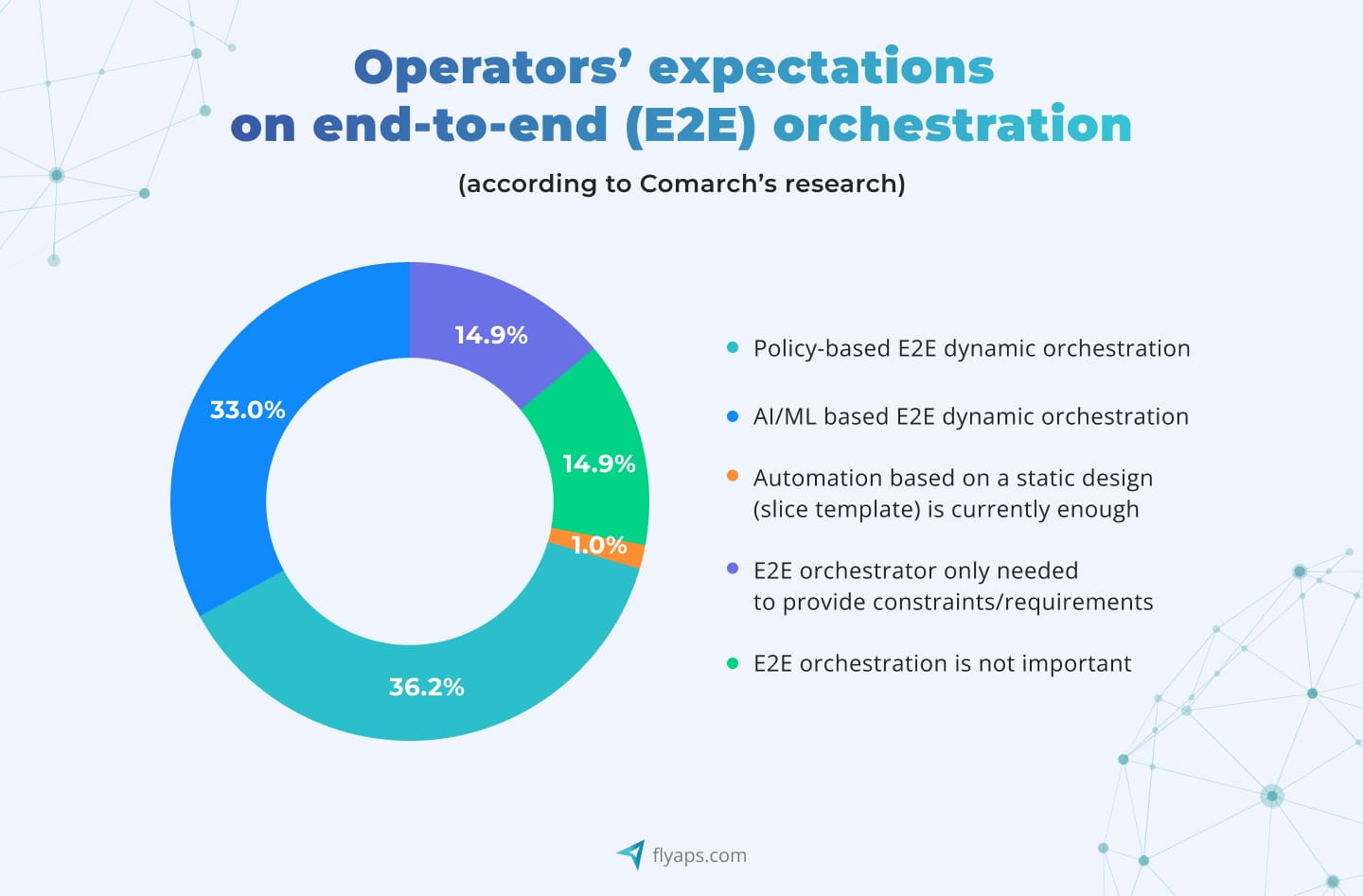
AI also helps with the programmability of 5G networks, allowing operators to quickly create, manage, or even retire network slices. This means more agility and faster response times, all with minimal human involvement.
Furthermore, Comarch’s survey shows a split between operators who prefer traditional policy-based orchestration (36.2%) and those who want AI/ML-based solutions (33%). While policy-based methods follow set rules, AI/ML-based orchestration uses machine learning to predict network needs, adjusting dynamically based on patterns and data trends.
Efficient rollout of edge computing becomes possible with 5G and artificial intelligence
Over 95% of operators are planning to deploy edge computing within the next five years, with a third already doing so. But what does AI and 5G have to do with it?
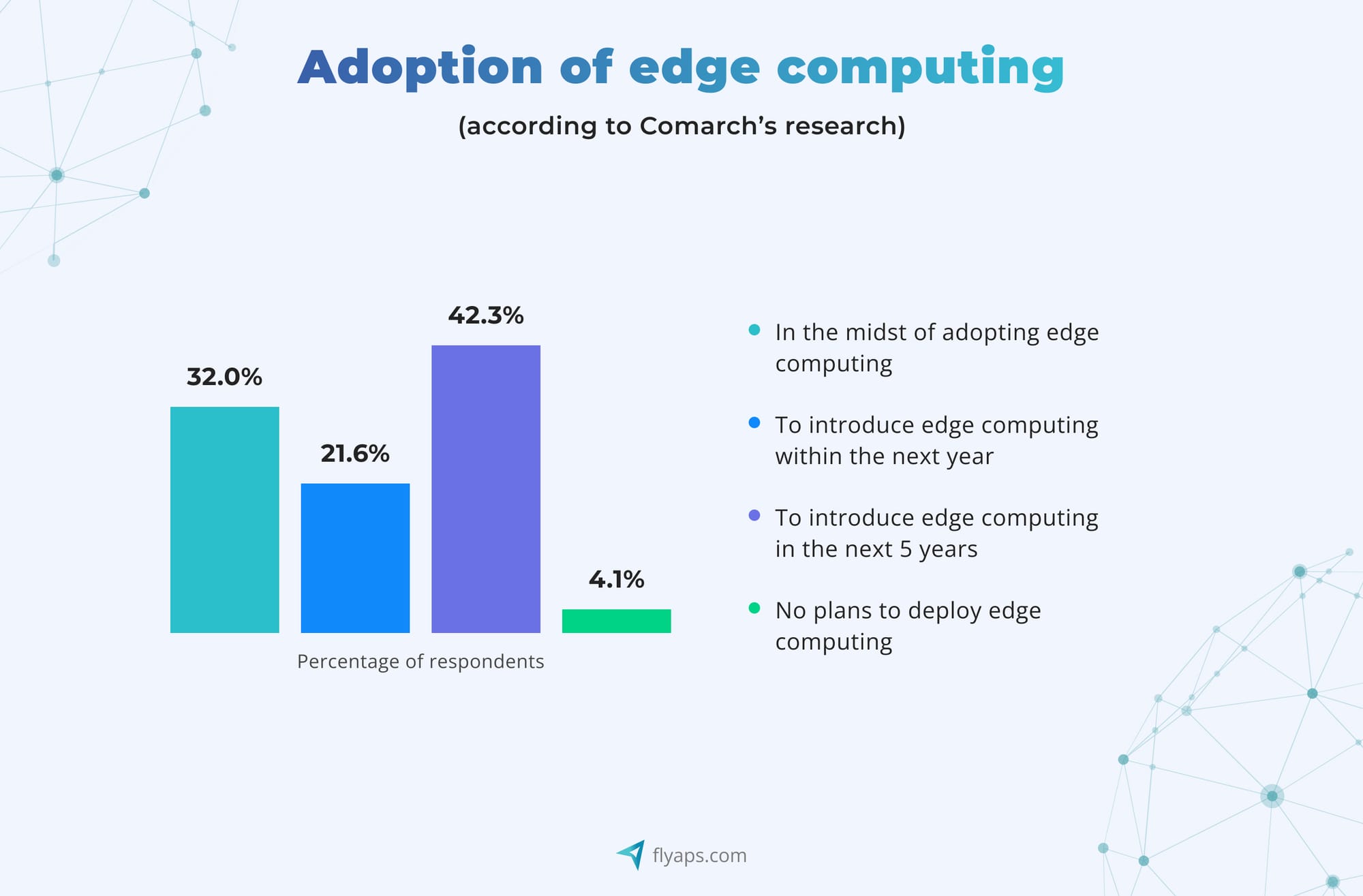
Edge computing is crucial for real-time tasks like autonomous driving or live broadcasting. When teamed up with AI, it can do more than just process requests. For instance, in scenarios where every millisecond counts, such as autonomous driving, AI can prioritize the most critical data to ensure it’s processed first, keeping everything running smoothly.
Since edge computing plays a key role in network slicing, it enables 5G networks to create tailored virtual "slices" for various applications, such as smart cities or self-driving cars. These applications demand ultra-low latency and high reliability. By integrating AI in 5G, operators can dynamically adjust and optimize these network slices in real time, ensuring they receive the necessary resources to perform optimally.
Larger operators dealing with massive amounts of data are already adopting edge computing, according to Comarch’s research. For them, AI makes a huge difference by automating the management of all the data. AI predicts traffic peaks, helps manage congestion, and ensures the edge nodes are working efficiently. All of these result in better service for customers, especially big enterprises.
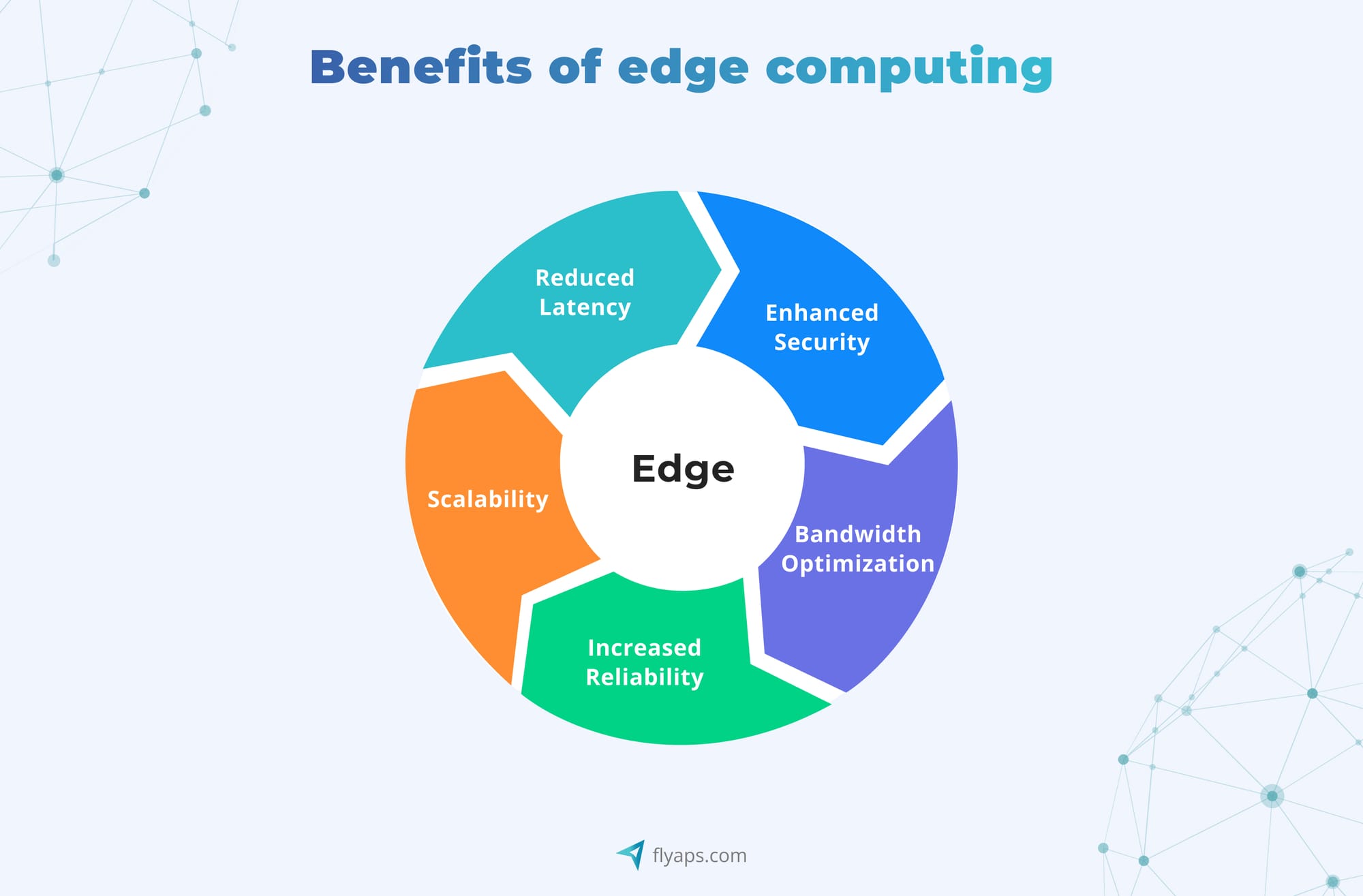
It works not only in theory. Look at AT&T’s example. AT&T is leading the charge in integrating edge computing and AI in a 5G network. Since the company actively advancing edge connectivity, they deploy edge zones in key U.S. cities with the help of localized cloud-based software. This setup was crucial for applications demanding instant responses, like autonomous driving and live streaming. Processing data locally helps AT&T minimize latency, ensuring smoother and more reliable experiences.
When they brought AI to edge computing, AT&T managed to improve telecom fraud detection by a lot. AI helps proactively detect and neutralize cyber threats, embedding protection into the network before attacks can even occur.

5G and AI are making waves in the IoT space, transforming how we connect and interact with technology. In customer-facing scenarios, operators are also adopting AI Chatbot platforms to improve IoT device support and streamline user interactions. Curious about what to expect from IoT in telecom in the future? Check out our article, “ IoT Telecom: How It's Impacting the Industry .”
Thinking about implementing 5G and machine learning? Here’s how Flyaps can help
At Flyaps, we have the tools and expertise to integrate AI technologies into your 5G network. Here’s what we offer:
Implementation of our ready-to-use AI tools
Our pre-built AI systems are easy to integrate into your network, instantly boosting network performance, data handling, and decision-making in real time.
Custom solution development
Want something unique to bust with AI your IoT services, eSIM offerings or even optimizing your network infrastructure? Whether it’s improving speed, automating tasks, or enhancing security, we can build AI platforms tailored to your specific needs.
Telecom consulting that delivers
With more than a decade of hands-on experience within the telecom domain, we understand the technologies your competitors are using to solve similar challenges. Our deep knowledge of both the business and technical landscapes, along with an understanding of network operators’ unique needs, allows us to lead you through every step of the AI integration process. Our expertise ensures that you can make informed decisions, avoid common pitfalls, and implement solutions that drive real business value.
Sounds interesting? Drop us a line and we can work together to bring the power of AI to your 5G network.
Skip the endless hiring cycles. Scale your team fast with AI/ML specialists who delivered for Indeed, Orange, and Rakuten.
Scale your team

